Articles
Knowledge Center
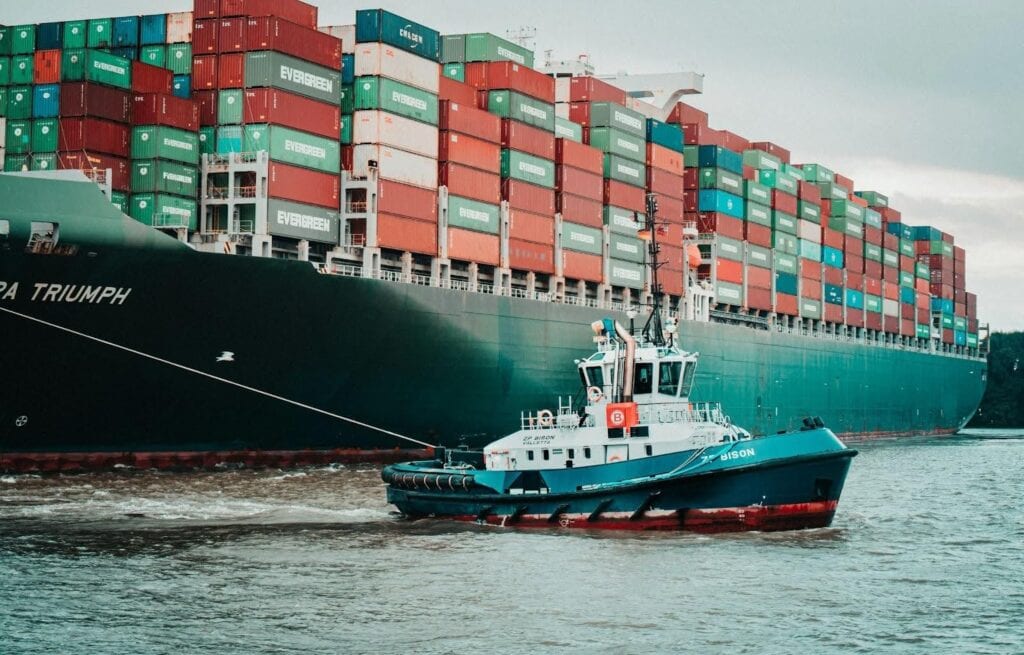
6 Types of Supply Chain: Their Roles Defined
Understanding the different types of supply chains and their unique functionalities is crucial for businesses to optimize operations, reduce costs, and increase efficiency.
Read More
Forward Integration: Strategies, Advantages, And Risks
Forward integration is a key strategy for businesses to strengthen their market position and control over their supply chain. This approach involves companies taking charge of distribution or supply activities further down the value chain. This article examines the various strategies, benefits, and risks of forward integration, offering insights for businesses to effectively implement this […]
Read More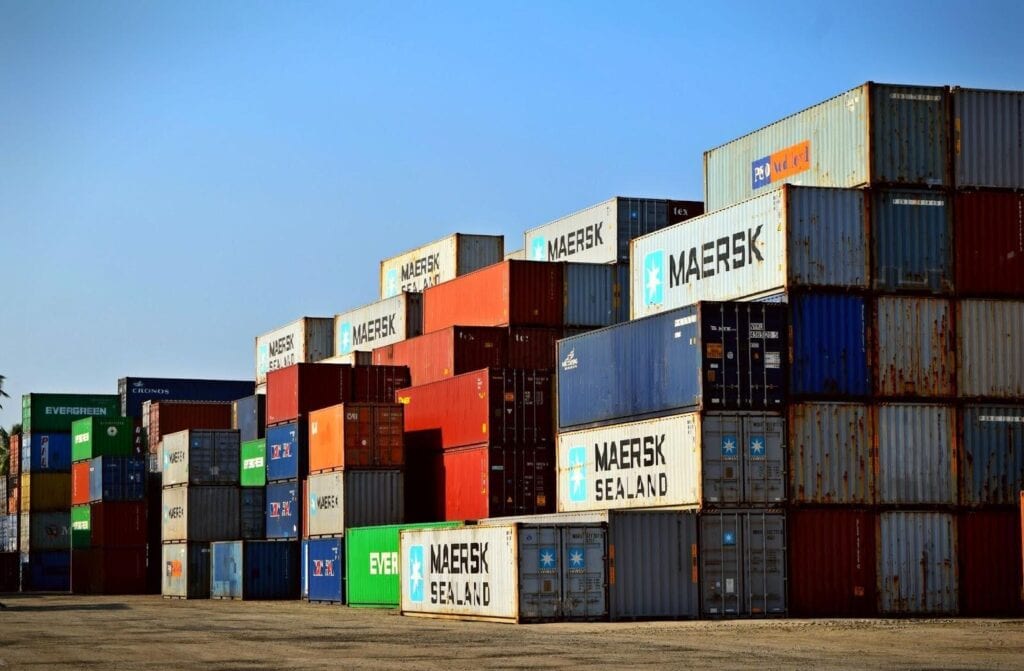
Fourth Party Logistics: Definition, Advantages, and Disadvantages
Unlike third-party logistics (3PL) providers, which focus on specific logistics tasks like warehousing, shipping, and order fulfillment, 4PL providers manage and optimize the entire supply chain.
Read More
The 6 Advantages of Warehousing
Warehousing plays a crucial role in modern business operations, offering numerous benefits and contributing significantly to the success of an organization. A primary advantage of warehousing is increased storage capacity, allowing businesses to safely and efficiently store excess inventory. This article will uncover what warehousing is and its advantages. Additionally, it will answer some of […]
Read More
Fragile Goods: Definition, Packing, and Tips
Ever wondered how to ensure your delicate items reach their destination in one piece? This article provides insights into what constitutes fragile goods and how you can ensure their safe transit.
Read More
What Is Insourcing? Definition, Benefits, And Examples
Understanding how insourcing works and harnessing its advantages allows you to achieve more control over your company’s processes while reaping cost savings.
Read More
20 Leading 3PL Companies
These 20 leading 3PL companies are offering cutting-edge solutions to help businesses optimize their supply chain management.
Read More
Delivery at Place: How It Works, Benefits, and Best Practices
This guide provides a comprehensive overview of Delivery at Place (DAP), its advantages and disadvantages, and best practices for managing DAP shipments.
Read More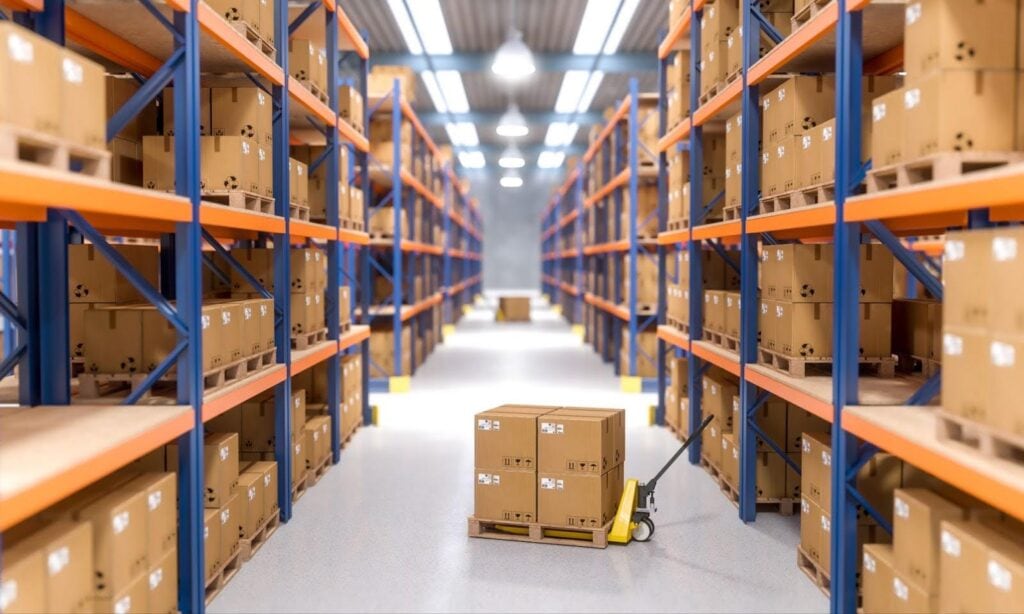
Consolidated Warehouse: What It Is, Process, and Benefits
In today’s fast-paced, ever-evolving world of logistics, understanding warehouse consolidation is crucial for businesses looking to optimize their supply chain and reduce costs. A consolidated warehouse plays a critical role in streamlining operations by gathering small shipments from various sources, organizing them efficiently, and ensuring timely deliveries. So what exactly is a consolidated warehouse, and […]
Read More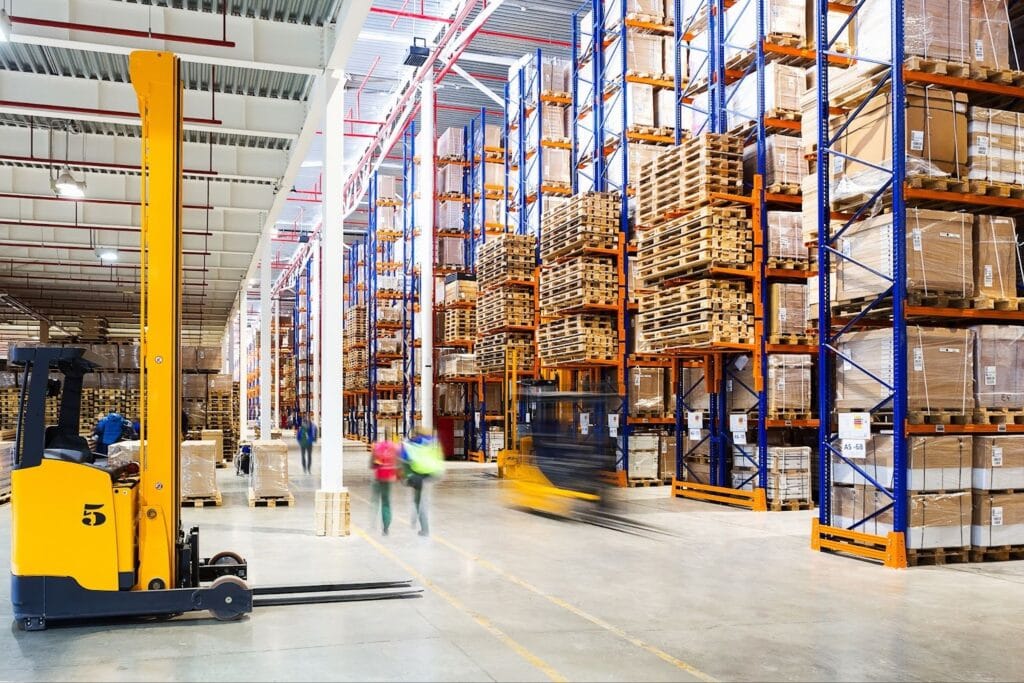
Private Warehouse: Benefits, Challenges, and Who Should Use Them
In today’s competitive business landscape, efficient warehouse management is crucial for success. As companies look to optimize their logistics operations, many are considering private and public warehousing as a viable solution. We’ll explore the ins and outs of private warehouses, delving into their benefits and challenges and determining which businesses stand to gain the most […]
Read More
20 Leading Global Trade Management Systems Providers in 2023
Global trade management systems (GTMS) are some of the best tools that commerce businesses can use. Regardless of the industry, they’re valuable in assisting with international trade. There are dozens of GTMS available, but not all of them are leaders in the industry. Below you’ll find 20 leading global trade management systems providers. What Are […]
Read More
On-Demand Warehouse: Definition, Examples, and Uses
In today’s rapidly evolving business landscape, on-demand warehousing has emerged as a game-changer in supply chain management and logistics solutions. This innovative approach allows businesses to access warehouse space and fulfillment services when they need them, offering increased flexibility and cost-effectiveness. On-demand warehouses are particularly beneficial for eCommerce companies or those with fluctuating inventory needs. […]
Read More
Net Weight vs. Tare Weight vs. Gross Weight: A Comprehensive Guide
Net weight, tare weight, and gross weight are key terms in the shipping industry. They affect the cost and safety of global trade and transport. Anyone involved in shipping should know the difference between net weight vs gross weight vs tare weight. The Importance of Shipping Weights Shipping weights are indispensable in logistics. They influence […]
Read More
Certificate of Compliance vs. Certificate of Analysis: Their Key Differences
Navigating the intricacies of product safety and quality assurance, one often encounters critical terminologies like Certificate of Compliance and Certificate of Analysis. These essential documents play pivotal roles in affirming product quality, safety, and compliance to established standards. While they bear semblances, their applications, and implications are distinct, aligning with specific regulatory landscapes and industry […]
Read More
Bill of Materials (BOM): Definition, Impact, and Components
The Bill of Materials (BOM) is a cornerstone document critical to creating any tangible product in the intricate web of modern process manufacturing and product development. It is a comprehensive list that catalogs all the components, raw materials, and assemblies needed to construct a finished product. Its accuracy and detail reflect directly on the production […]
Read More
Hybrid Supply Chain: Definition, Strategies, and Advantages
In an era where the pace of change is relentless, the concept of a hybrid supply chain has emerged as a beacon of adaptability and resilience in the business world. The COVID-19 pandemic exposed vulnerabilities in traditional supply chains, leading to an increased interest in hybrid models. According to a survey conducted by McKinsey & […]
Read More
The 6 Types of Transportation in Logistics
In today’s globalized world, understanding the types of transportation in logistics is paramount. With the upsurge in international trade and industries flourishing worldwide, efficiently moving cargo has never been more essential. Knowing how to transport goods across diverse transportation routes cost-effectively and efficiently is crucial for any business. The choices made within the logistics […]
Read More
Supply Chain Monitoring: What It Is, Why It Matters
Supply chain oversight is an indispensable element in the corporate environment for successful functioning. This blog post explores the supply chain monitoring concept to provide valuable insights and help you understand its importance. We will explore supply chain monitoring and how it can benefit businesses. Additionally, we will discuss some common challenges organizations face when […]
Read More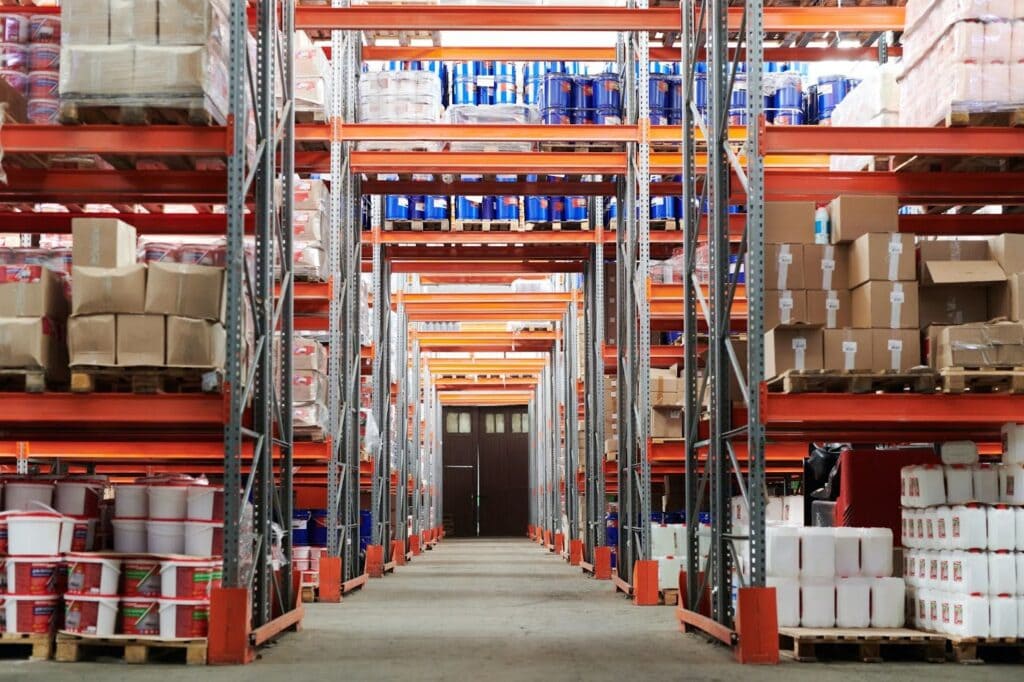
Demand Planning vs. Supply Planning: Key Differences and Value
Demand planning vs. supply planning remains a cornerstone debate in the logistics sector. Both concepts are integral to supply chain management, determining many businesses’ efficiency, cost-effectiveness, and overall success. Recent studies indicate that organizations that effectively balance demand planning and supply planning see up to a 15% increase in forecast accuracy and a 35% reduction […]
Read More
Inventory Management: Definition, Types, and Examples
Effective inventory management is the unsung hero of successful business operations, whether in the bustling retail world or in systematic manufacturing processes. It’s a critical component that can dictate a company’s ability to meet customer demand, manage cash flow, and maintain a competitive edge. According to a report by the National Retail Federation, the retail […]
Read More